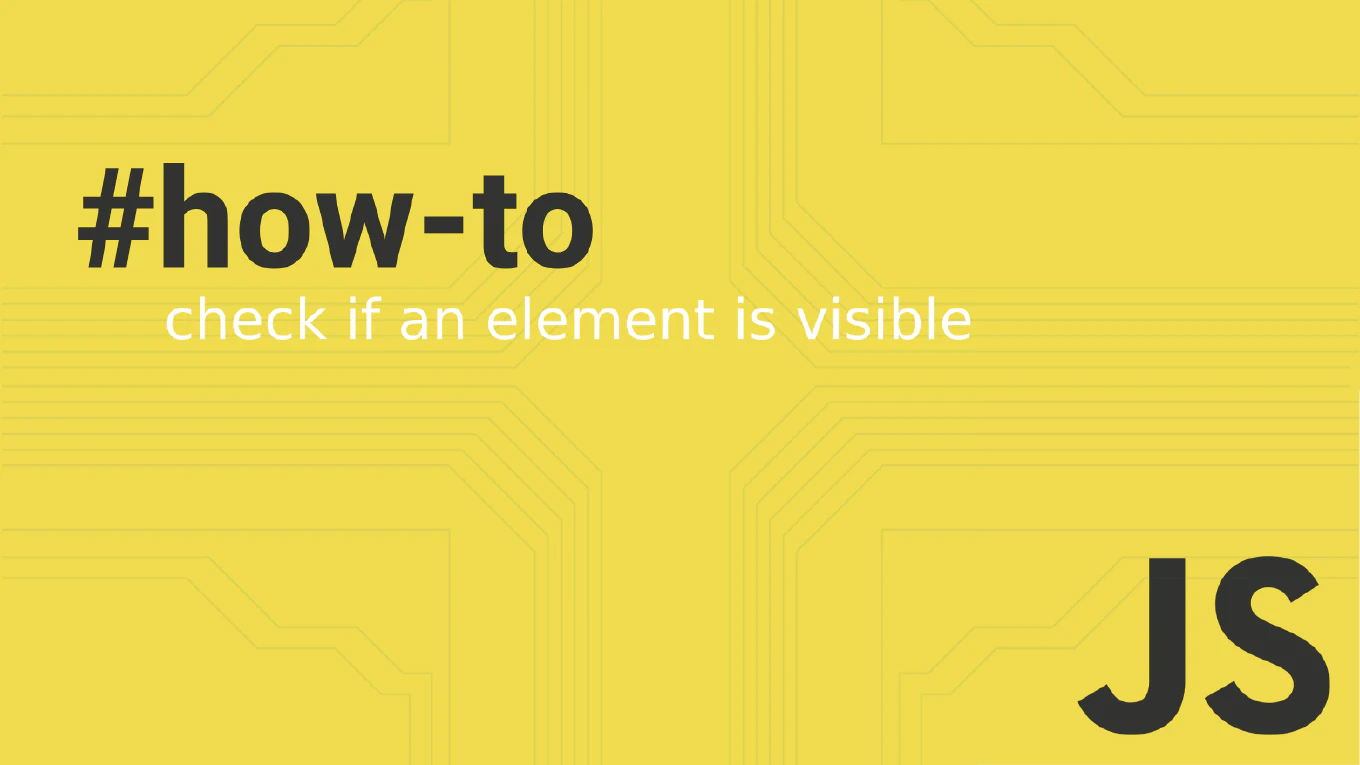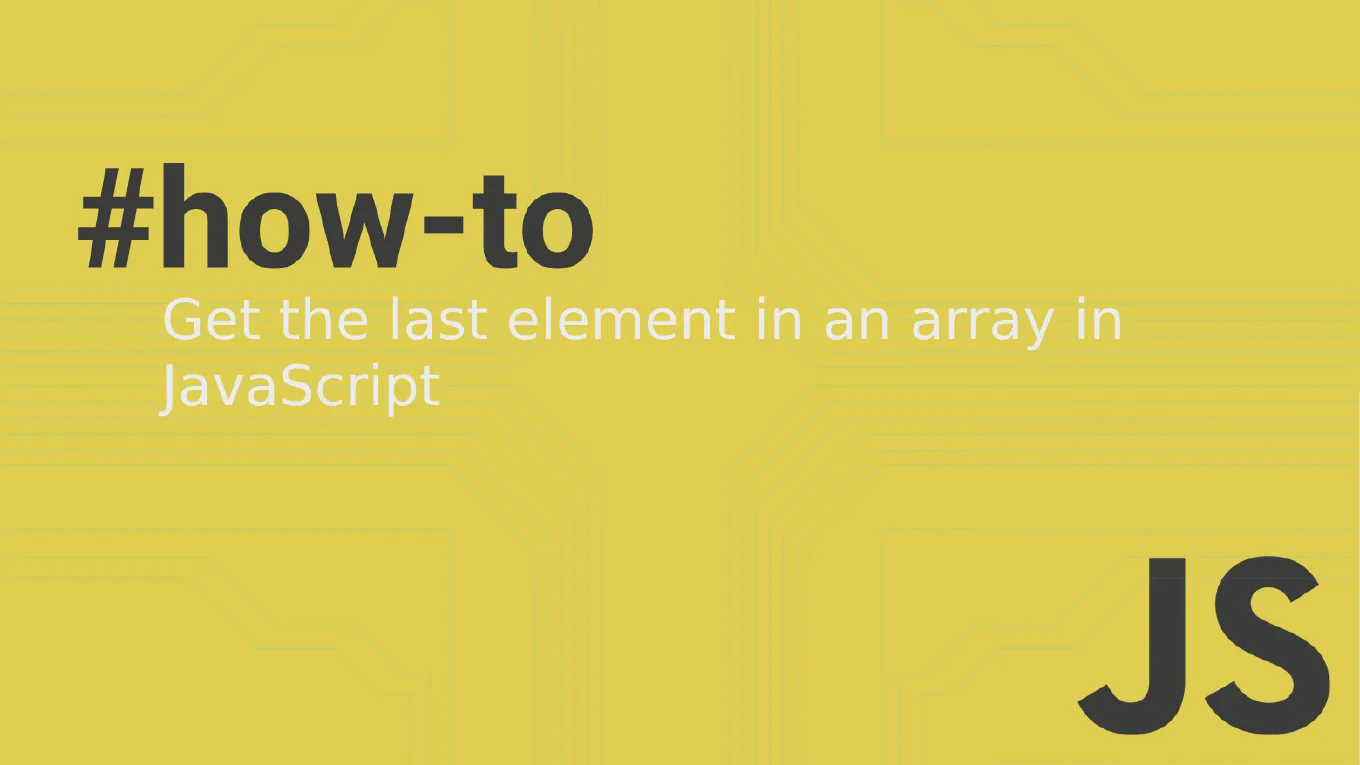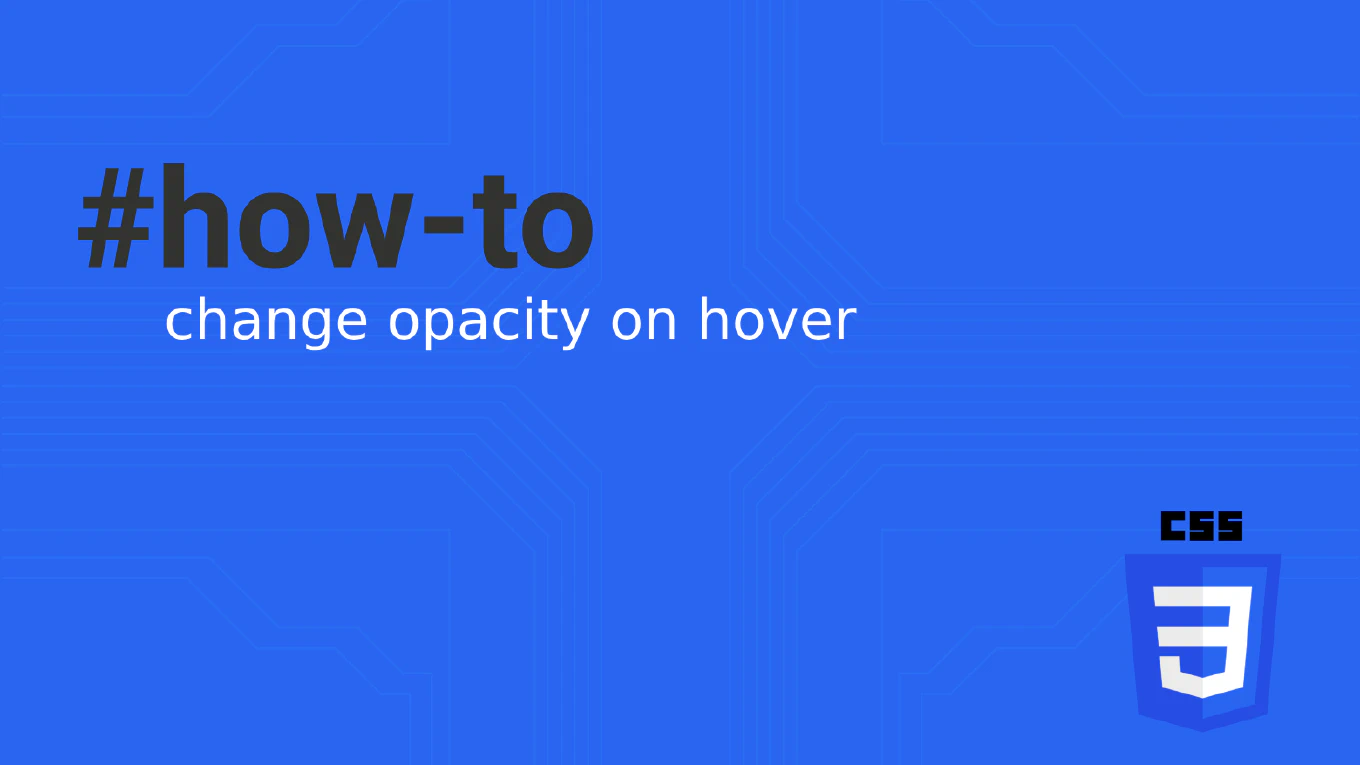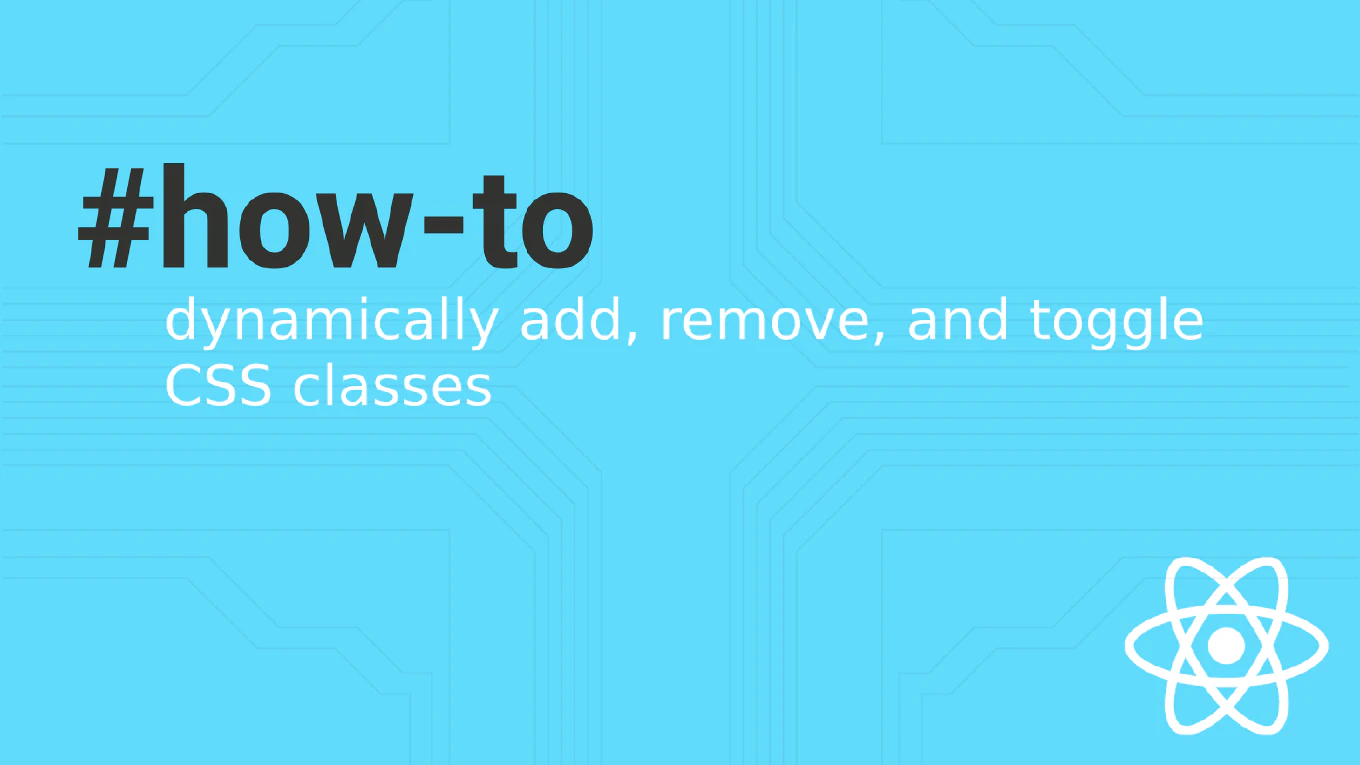How to use v-model in Vue
Implementing two-way data binding for form inputs is essential for creating interactive Vue applications with responsive user interfaces and real-time data updates.
As the creator of CoreUI, a widely used open-source UI library, I’ve implemented v-model in countless Vue components including form controls, search inputs, and dashboard filters.
From my expertise, the most efficient approach is to use the v-model directive which automatically handles both value binding and input events.
This method provides clean template syntax and eliminates the need for manual event handling in most form scenarios.
Use v-model directive to create two-way data binding between input elements and data properties.
<input v-model="message" placeholder="Type something">
The v-model directive creates a two-way binding between the input element and the message data property. When the user types in the input, Vue automatically updates the data property. When the data property changes programmatically, the input value updates to reflect the new value. This eliminates the need to manually handle value props and input events, making form handling more concise and less error-prone.
Best Practice Note:
This is the same approach we use in CoreUI Vue components for form inputs and filters.
For custom components, implement v-model support by accepting a modelValue prop and emitting update:modelValue events for seamless integration.







